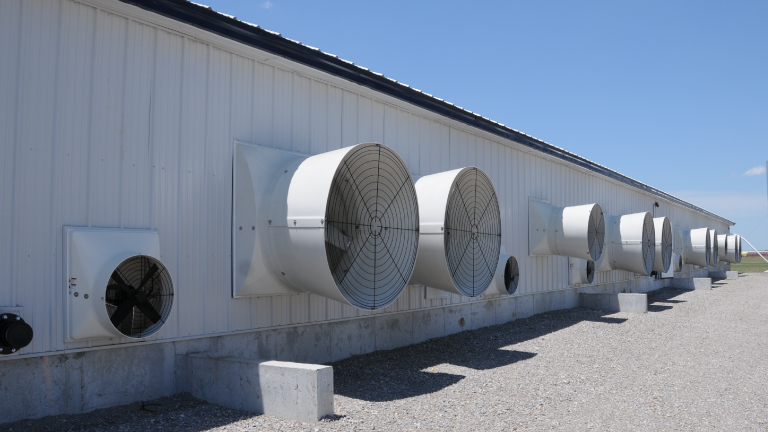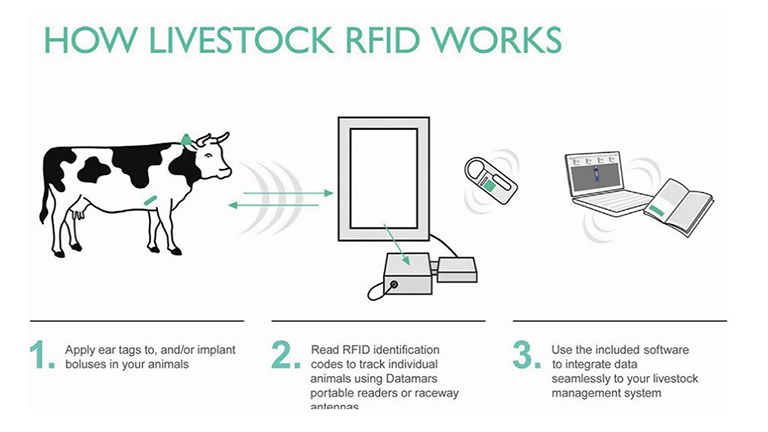Faced with aging barns and regulatory change, many hog producers will remodel or make upgrades to their facilities this season. While some new barn construction is likely, the focus will be on improvements to existing structures.
That’s the expectation of several dealers for AP, the AGCO brand that produces equipment used in swine production. “The average age of barns is getting older,” said JD Myers, national sales manager – swine projects with QC Supply based in Schuyler, Neb. “The farming economy has gotten better and producers are looking to reinvest in their barns in 2021.”
The biggest issue driving the improvements, the dealers say, is California Proposition 12, which requires producers to provide more space for breeding pigs, egg-laying hens and calves raised for veal. Effective Jan.1, 2022, a minimum of 24 square feet of usable floor space must be provided per gestating sow for pork products used in the state.
“Proposition 12 compliance will promote remodeling or new layouts of many gestation barns,” said Rick Thomas, president of AG Property Solutions in Emmetsburg, Iowa. “The configuration of animal flow is different. Some producers may also resize or reduce farrowing spaces, because the new regulation will reduce the number of animals in many gestation barns.”
NAVIGATING PROPOSITION 12 IN YOUR SWINE OPERATION
Improving Efficiency
Other expected upgrades this season are meant to provide improved efficiencies and a more consistent barn environment. Included is upgraded ventilation equipment, such as fans and ceiling inlets, as well as new heaters. These types of upgrades may be required in new integrator contracts.
CREATING A VENTILATION SYSTEM CHECK UP FOR YOUR OPERATION
Dealers say other work could include continued conversion to group housing in gestation barns, more modern feeding and watering systems, larger pen sizes in finishing barns and addressing structural issues such as roof repairs, steel replacement and repairing or replacing failing concrete slats.
“A lot of hog barns were built 25 years ago, and depending on how well they were built and maintained, there can be a lot of equipment the needs to be replaced,” said Barrie Luers, General Manager of Midwest Livestock Systems, LLC in Beatrice, Neb.
Planning is Key
Regardless of the type of project, the dealers emphasize the importance of working closely with producers for proper planning and timing. Their recommendations include:
- Begin with a good understanding of the project details upfront and what the producer wants to accomplish.
- Be realistic about how long the project will take. Start the planning process two to three months before the anticipated start date to allow enough lead time for design, product availability and labor.
- Ensure that design plans match the criteria of the producer’s integrator contract. Build time into the planning process to include integrators.
- Build flexibility into the plan. Think of ‘what ifs’, so if any challenges should arise later, changes can made to keep the operation viable.
- Allow for contingencies in the budget. Most remodeling projects bring a surprise or two, and a good plan will make it easier to deal with those.
“The best remodel is a team effort, with the producer and contractor working and communicating together,” Luers said.













